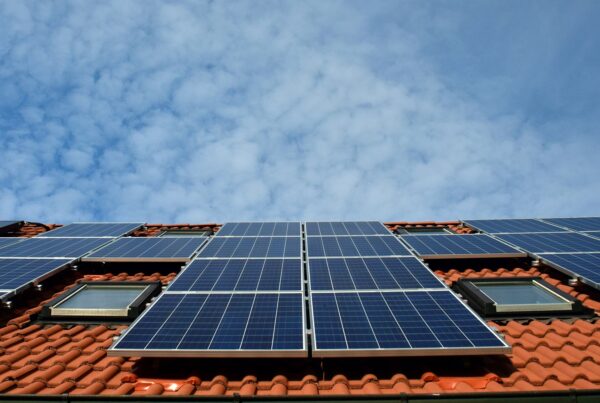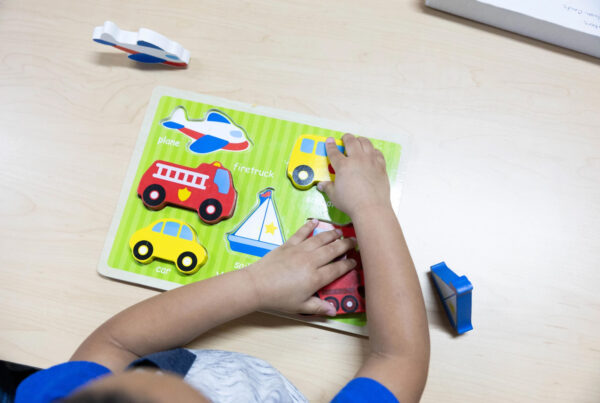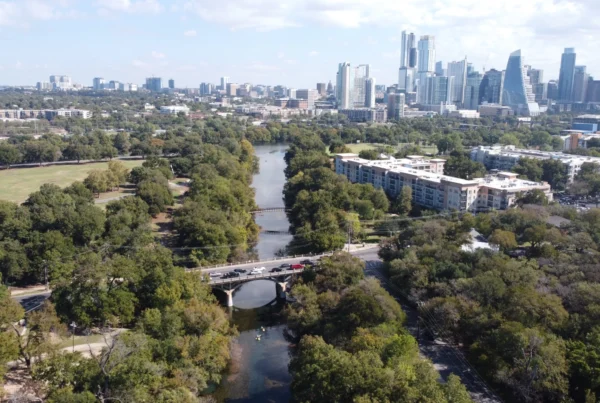A multiyear research project began a new phase last week when a collection of tiny artificial heart-tissue structures, known as cardiac organoids, blasted off for the International Space Station. By studying these organoids, scientists hope to learn about the impact of microgravity on human heart tissue.
Dr. Munmun Chattopadhyay, a faculty scientist at Texas Tech Health El Paso and a member of the team working in Earth-based labs to study what happens to these mini-hearts during a long space flight, says the research will also benefit the study of how diseases like diabetes affect the heart. Listen to the interview above or read the transcript below.
This transcript has been edited lightly for clarity:
Texas Standard: I’ve heard these cardiac organoids described as mini hearts that are now on the International Space Station. Can you describe them? What do they look like?
Munmun Chattopadhyay: There are two structures that we have sent. One is 2D. That means they are placed on a cell culture plate or cell culture cubes where we mixed all the cells. Our heart is not made of one kind of cells.
There are different kinds of cells called cardiomyocytes, which are like the muscle kind of cells, then cardio fibroblast, which can actually invade when there is some disease to make it more fibrotic. There are endothelial cells which are like the blood vessels that make the blood vessels. And there are so many different types of cells that together make the heart.
So we are using only cardiomyocytes, cardio fibroblasts and endothelial cells mixing together so that it can kind of work like a mini heart so that we can check what’s happening when these cells are staying in the microgravity of the ISS.

A cubelab with “mini hearts” ready to be transported to the International Space Station.
Courtesy Space Tango
Right now, we are observing. We are actually monitoring these cells. So we get pictures every two or three days, and I can see how they are growing up there. We are also conducting a ground experiment, which are the same things happening here in my lab. And once it’s come back after 21 days of experiment, we will compare what are the differences that we are seeing.
I mean, we get the concept of gravity. When we say microgravity, we just mean a state of not very much gravity. Is that right?
Exactly. We cannot just say zero gravity. So that’s why we use the term microgravity.
» GET MORE NEWS FROM AROUND THE STATE: Sign up for Texas Standard’s weekly newsletters
Well, is there a lot that we don’t know yet about the impact of microgravity on the human heart?
We know and we don’t know; it’s both ways. So the research is progressing so fast that we know there is muscle degeneration due to there’s almost no gravity. Our astronaut Sunita Williams is losing muscles very fast and she is getting thinner and losing weight.
So these are one of the problems when the astronauts stay in the space station for a long time: They lose muscle because the microgravity cannot work the same way as under gravity on Earth. So this kind of muscle degeneration affects the heart very much. And the heart doesn’t function the way it should.

A staff member of Space Tango at the Kennedy Space Center examines the heart cells.
Courtesy Space Tango
So this degeneration is known. But what is not known is what are the epigenetic changes are happening. So we are trying to figure out that now; we’ll check that once the cells comes down to Earth.
Now, you mentioned the astronauts up there – of course, that’s one way to study the impact on the heart. But what do these little mini hearts give you? Just a lot more data?
So what happens is we cannot take out cells or heart tissues from the heart, right, from the astronauts. So we are kind of mimicking that that condition so that we know more, so that in future when astronauts go to space, we can have some preventative measures so that they don’t lose muscle that fast.
Are there any questions that you’re personally excited to have answered based on this research?
Sure. Because, you know, it’s not just the astronauts, but on Earth also, we have like diabetes, cancer – these also very much have different heart effects.
And especially in diabetes. I work on diabetes research. So we know that diabetes under hyperglycemic condition there’s a lot of stress – oxidative stress, we call it.
And so up there in the space station, we are going to see if there’s those kind of stress and what we are seeing on Earth, the diabetes, have different kind of pathway. So definitely we look forward to answering that type of question so that we can figure out a better therapeutic approach for patients on Earth.














